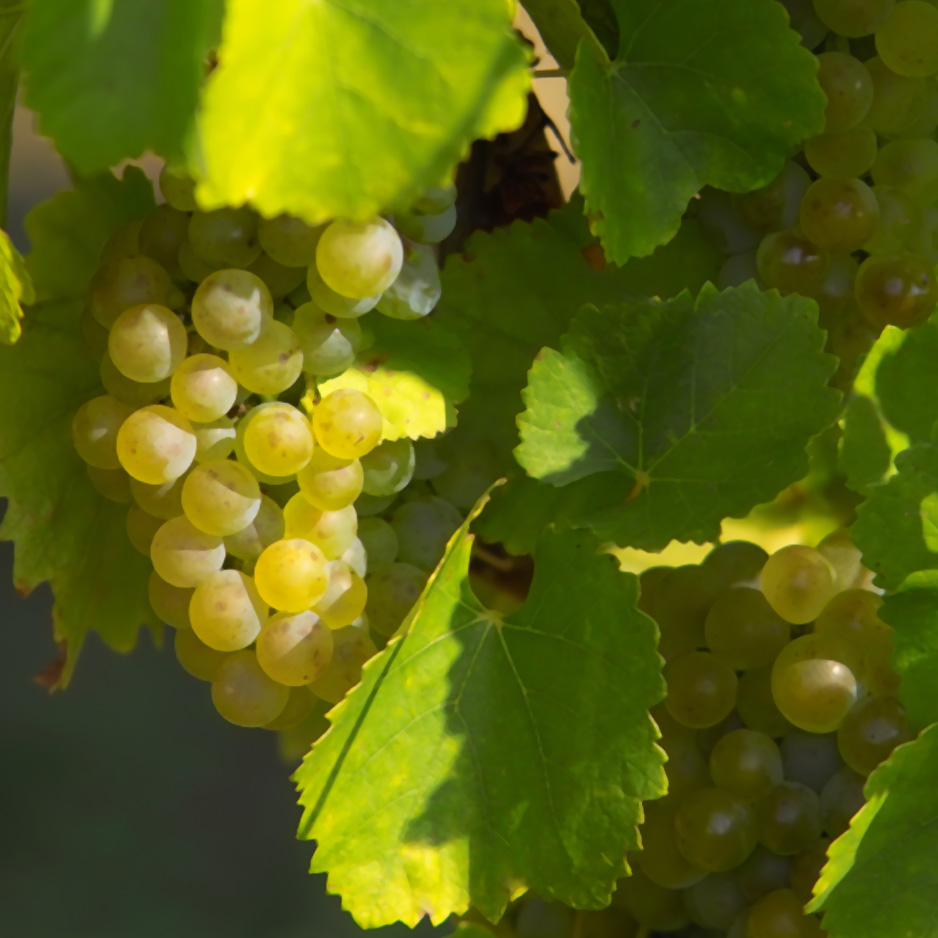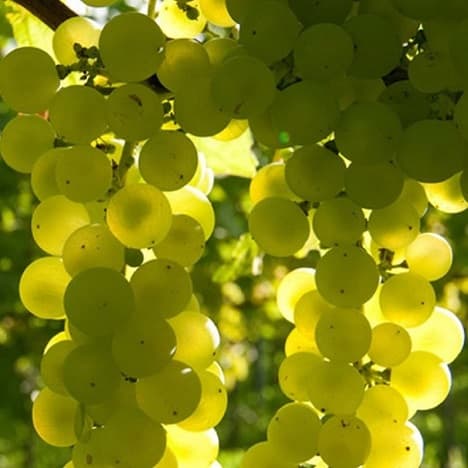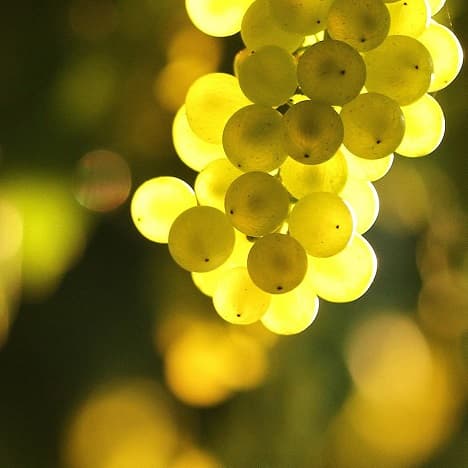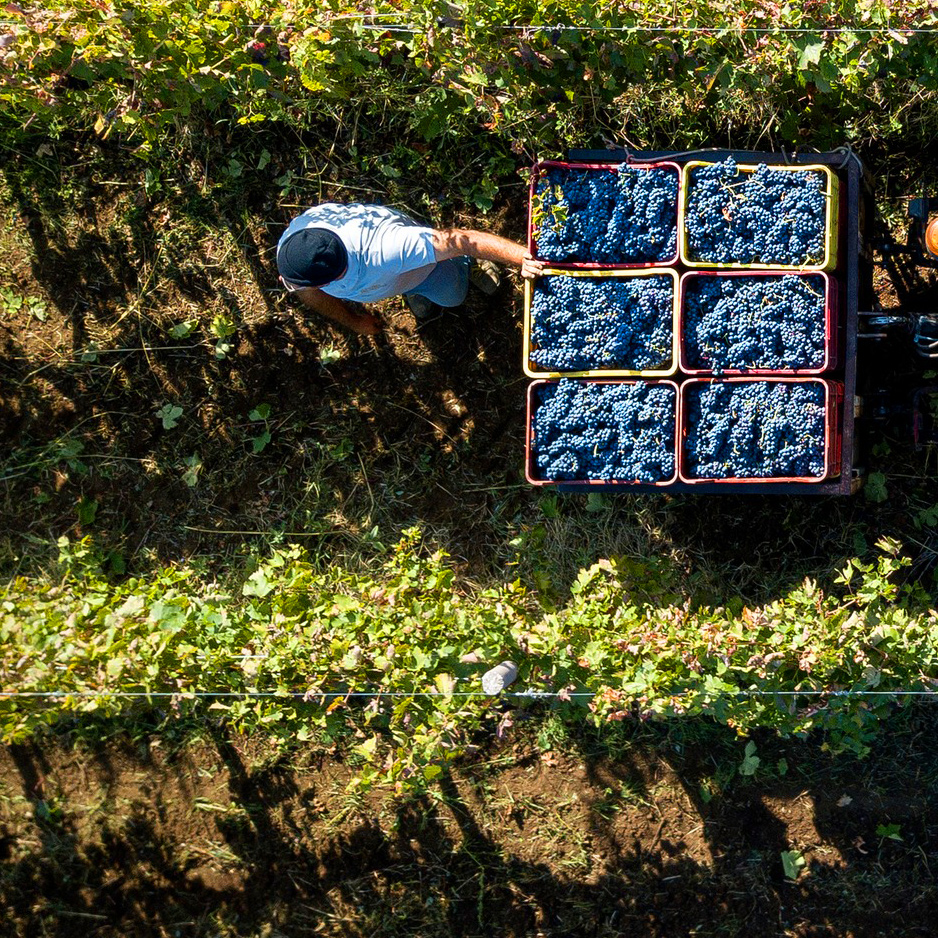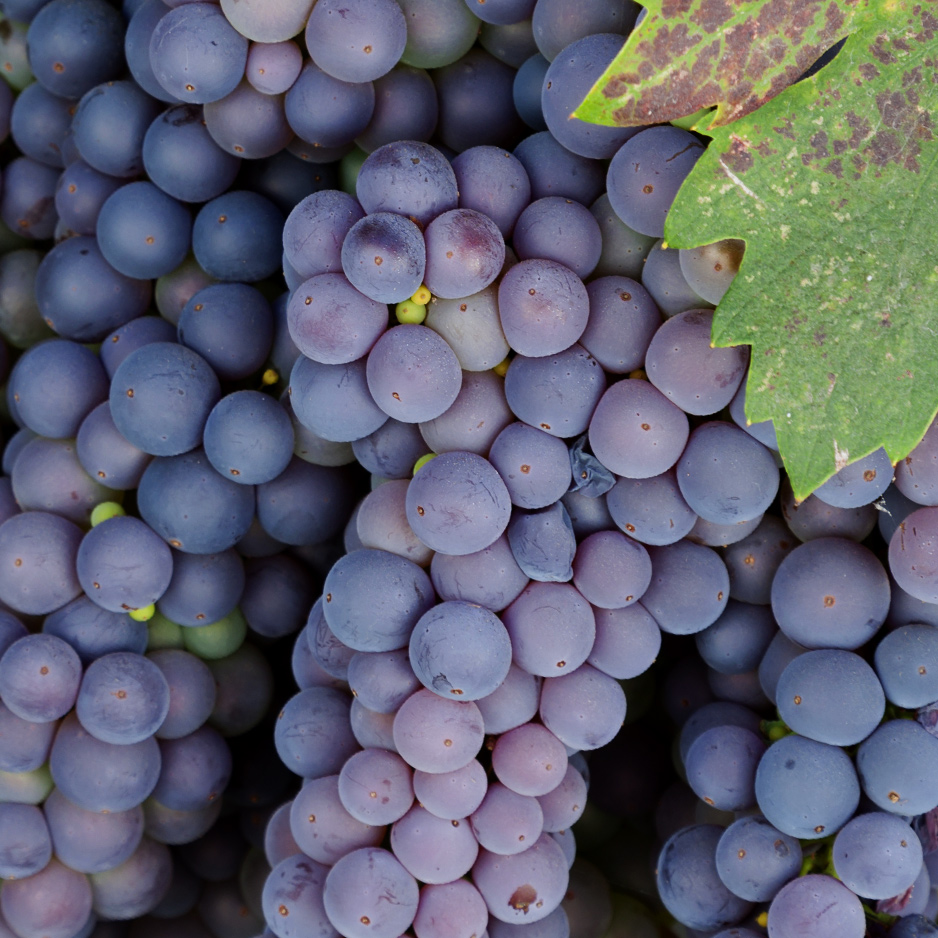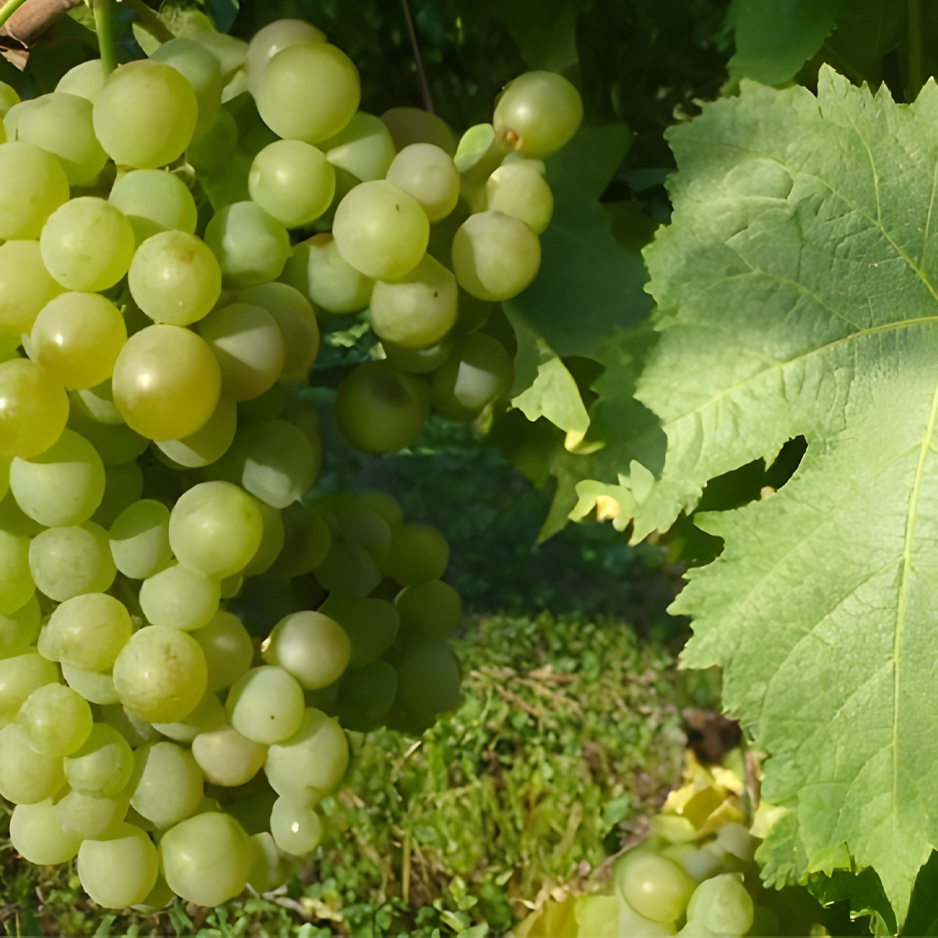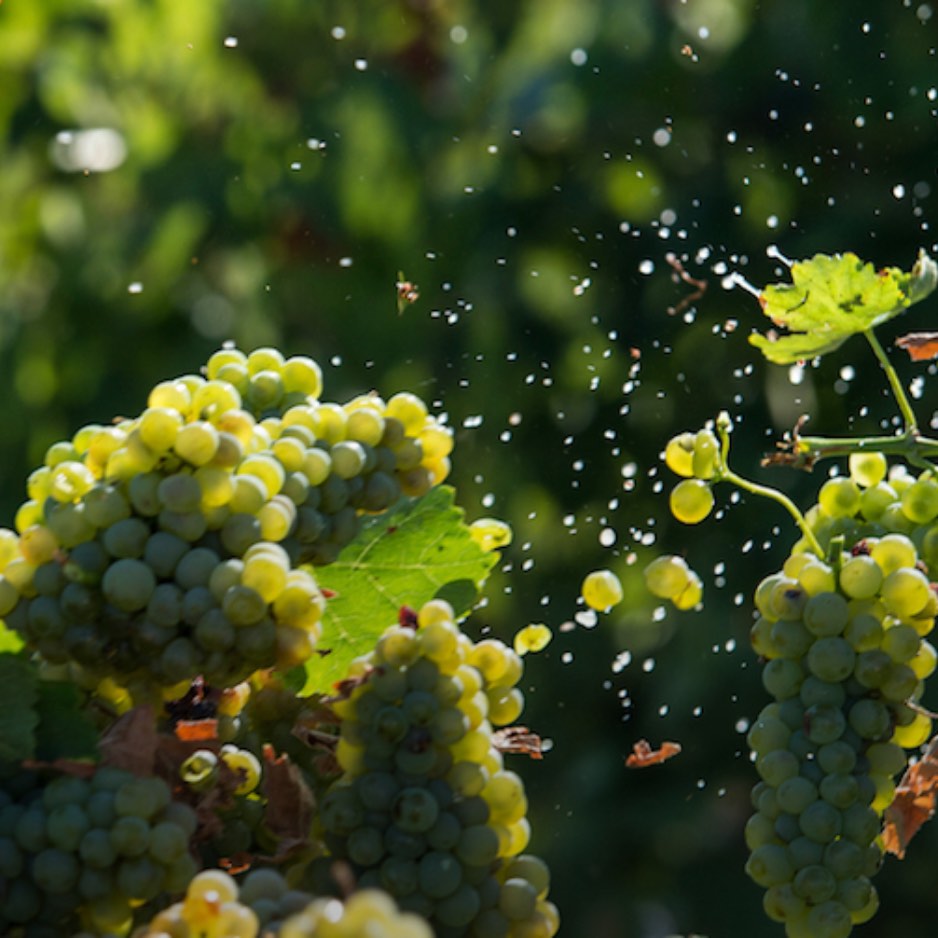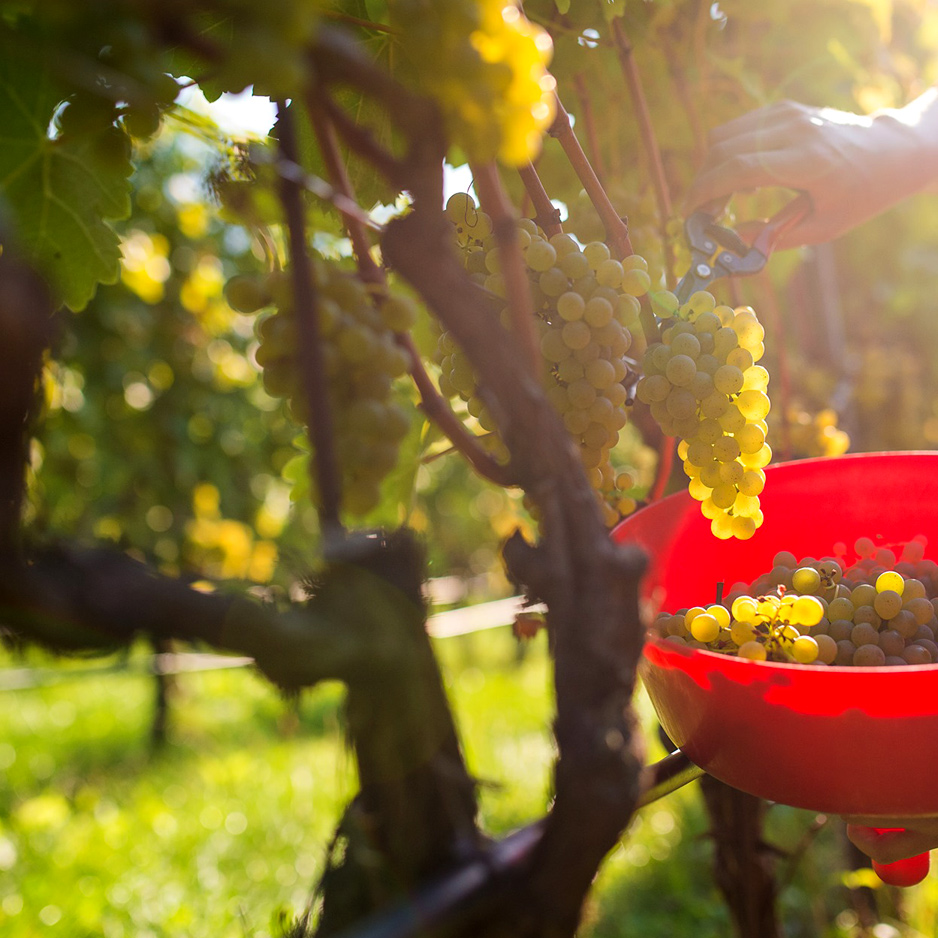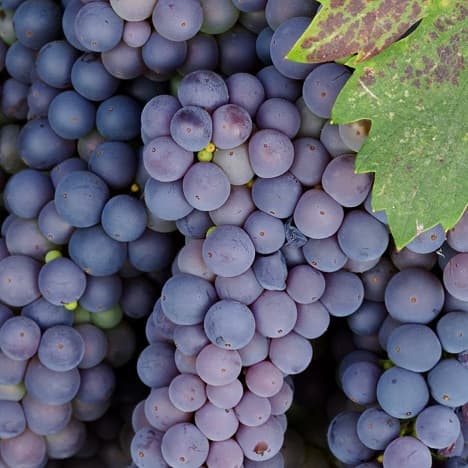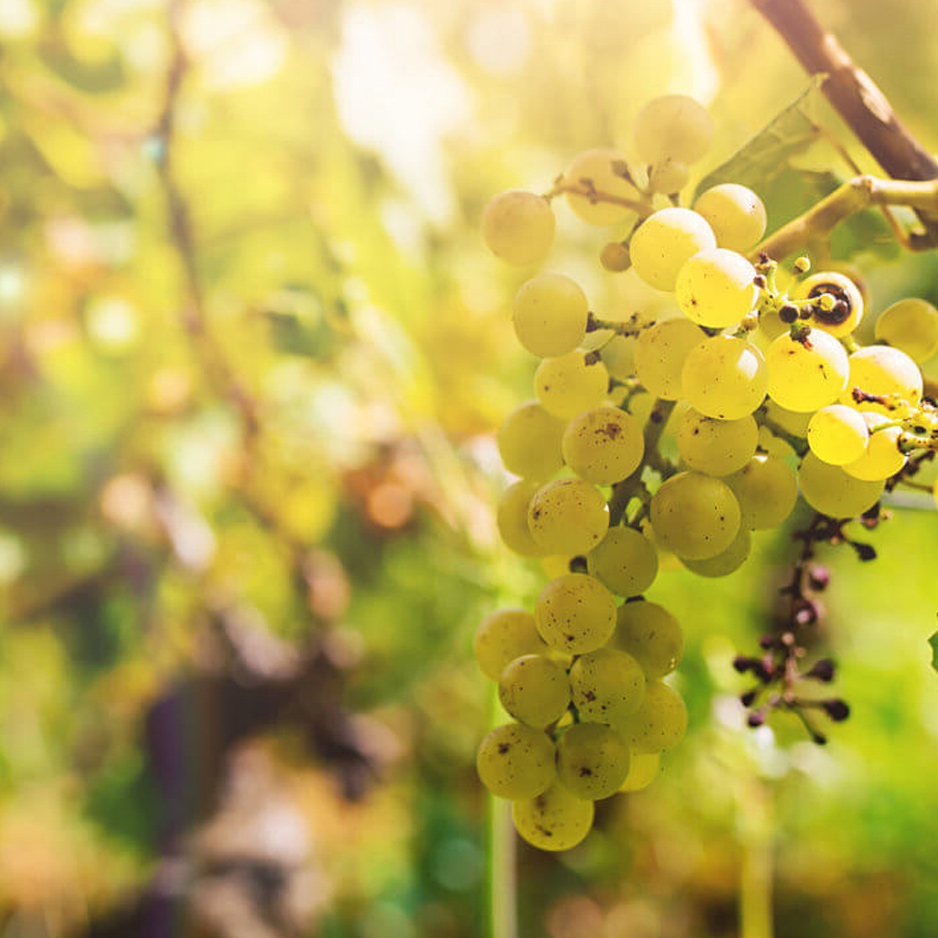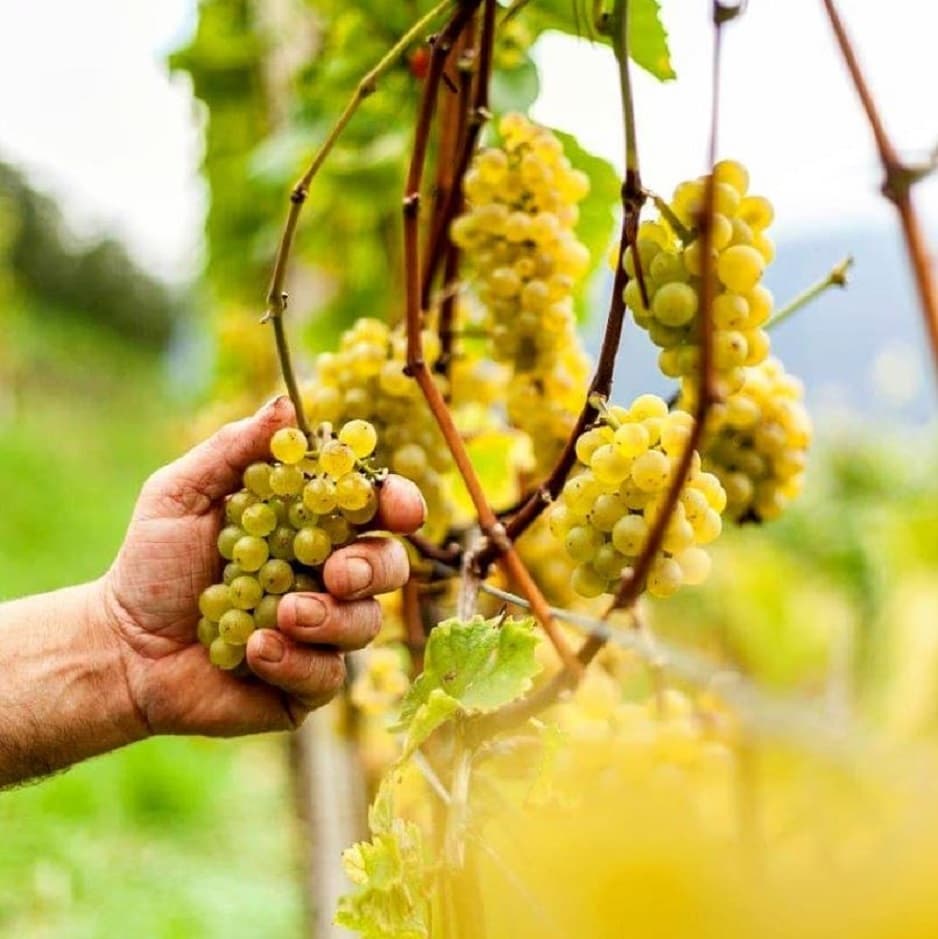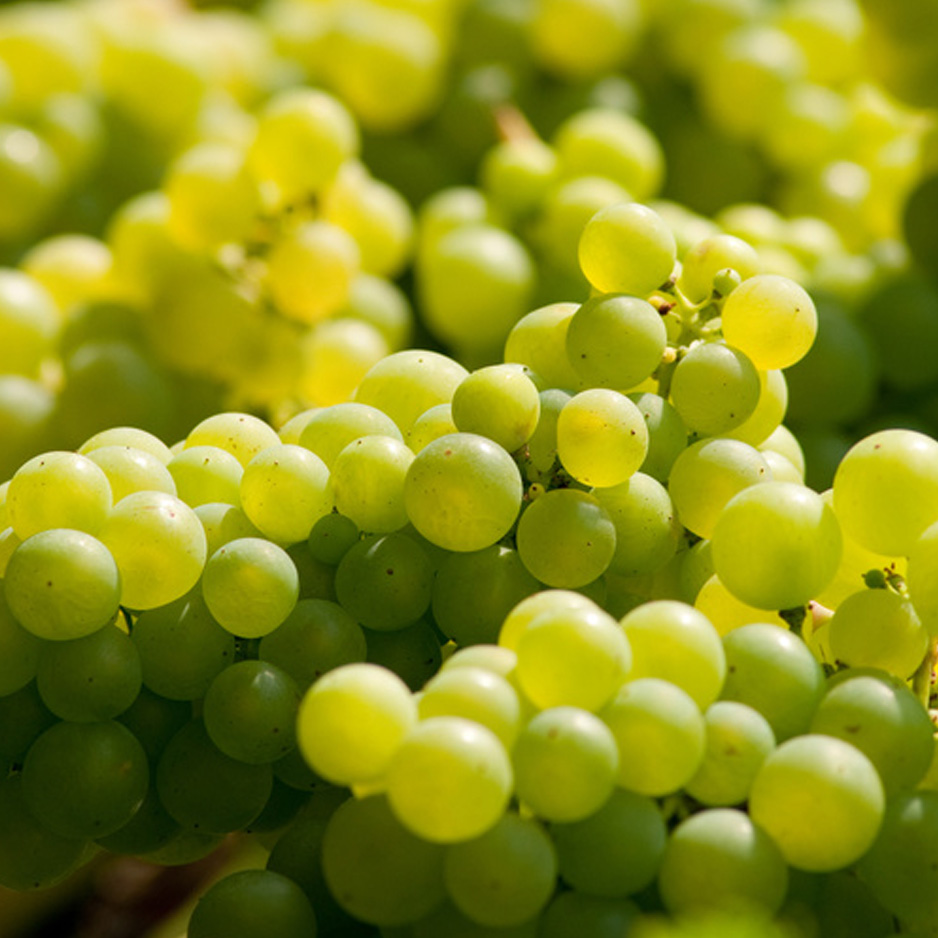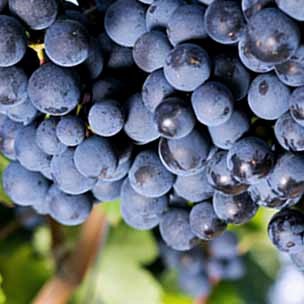
For years it was suspected, but after recent genetic engineering studies it is now known for certain: Primitivo is identical to the Californian Zinfandel and is derived from the ancient Croatian grape variety Tribidrag or Crlenjak Kastelanski, which was already known in the 15th century. The name was originally "Primativo" and referred to early ripening, which incidentally also applies to the Croatian name. However, there is a small difference between the Californian and Italian varieties: Primitivo ripens a little earlier, is more productive, has smaller berries and is less susceptible to diseases such as botrytis or mildew than its Californian brother.
Wines from the Primitivo grape variety produce powerful and harmonious wines.
Primitivo is quite dark and full-bodied, spicy, with velvety tannins and smells of dark forest berries like blackberries, elderberries and sour cherries. But quite typical are the spices that remind us of Donna's Christmas bakeries: chocolate, cinnamon, cloves, gingerbread and often pepper.
Primitivo mostly comes from Apulia, especially from Salento, the region between Bari, Lecce and Manduria/Tarent. One critic described a Primitivo di Maduria as the wine with which he would like to forget the evil world outside while reading a good book in an armchair by the crackling fireplace. There is no better way to describe it.
Currently there are over 12,500 hectares of Primitivo in Italy, and the trend is rising. The best known are the three DOC appellations Primitivo di Manduria (DOCG), Falerno del Massico and Gioia del Colle.
In California there are about 20,00 hectares of Zinfandel, smaller occurrences can also be found in Australia, in France in Languedoc, in Tunisia and in tiny quantities in some other countries worldwide. SUPERIORE.DE



